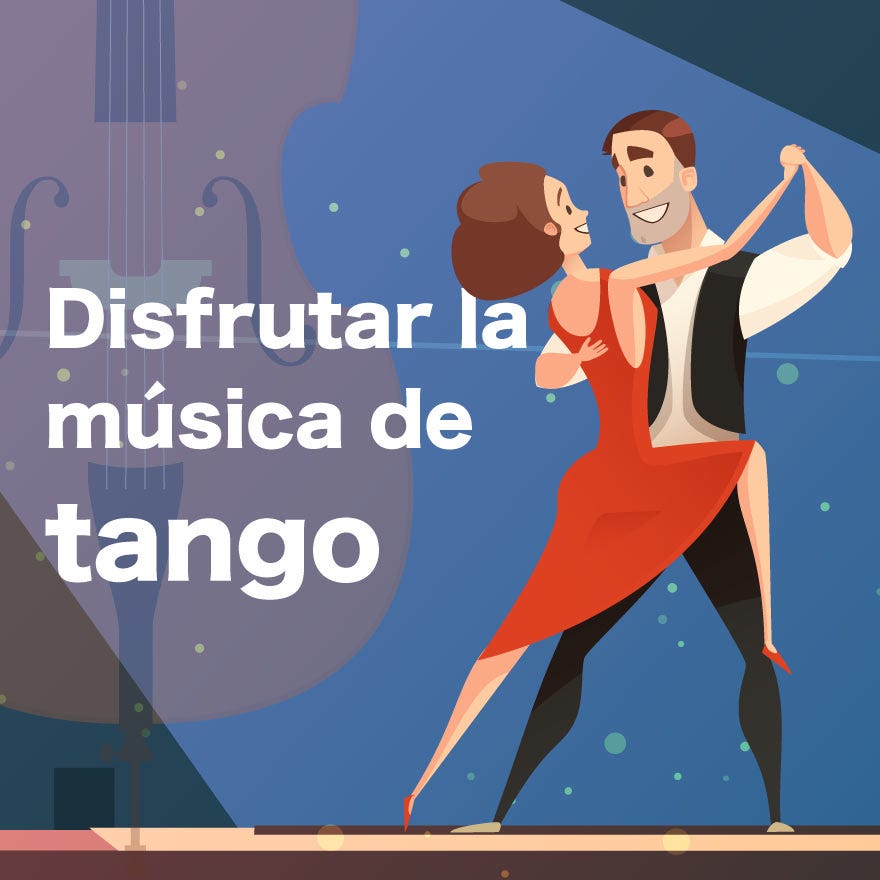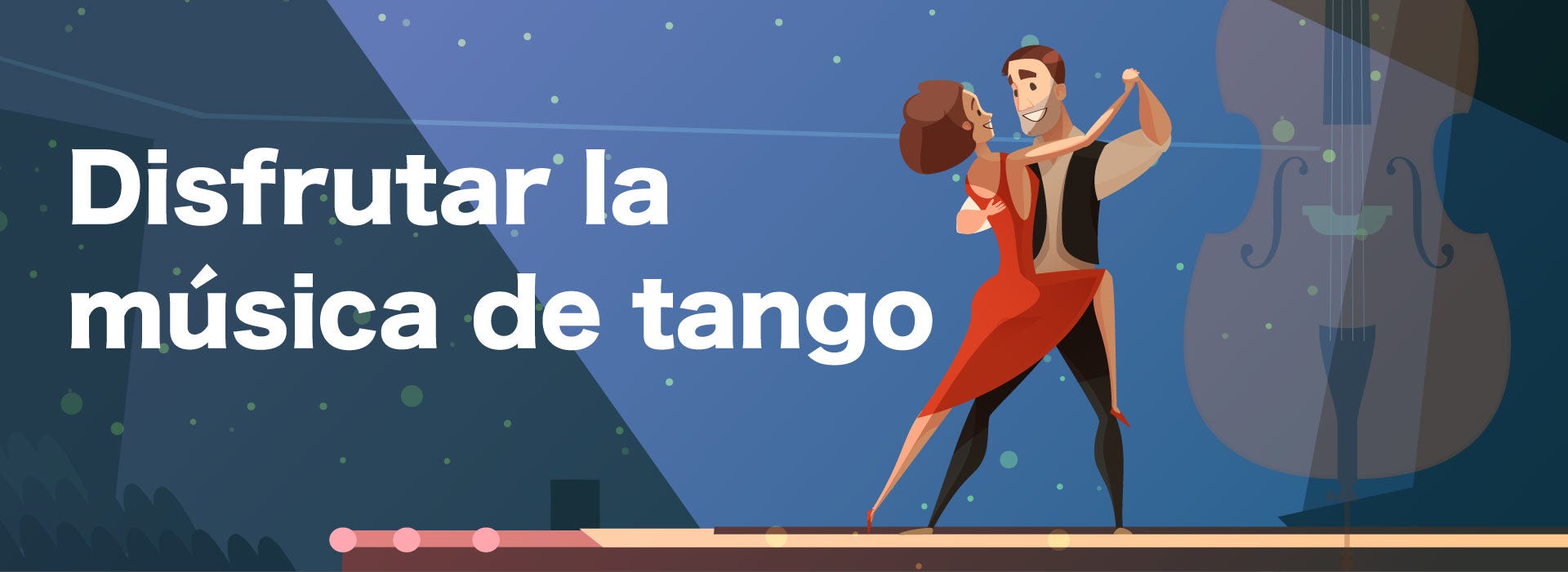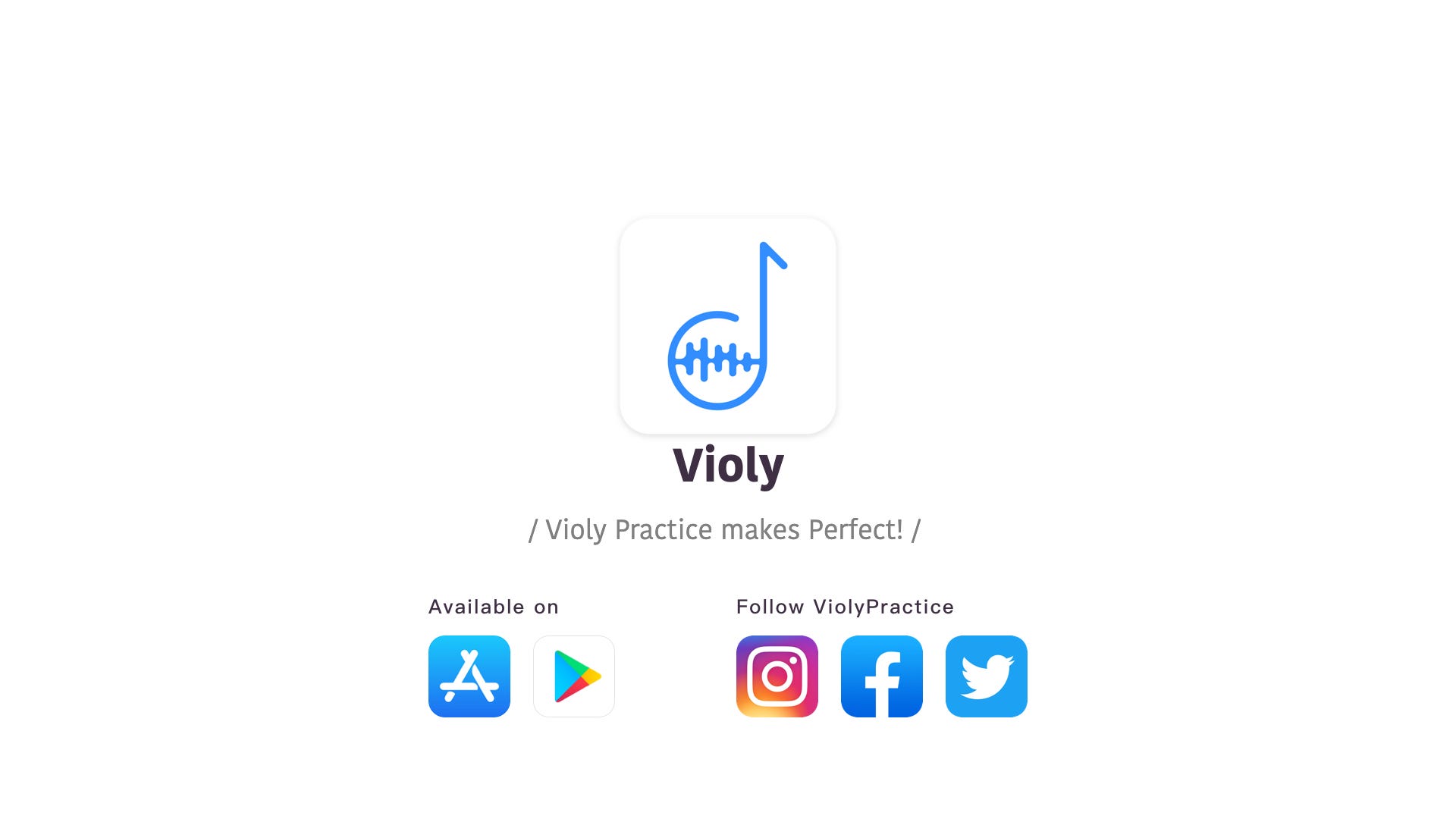Tango Sheet Music for String Instruments
Violy musicians, have you tried to combine classical string instruments with tango music? Well, if you haven’t, now there is a chance for you to enjoy the elegance of cello and the Latino passion of tango at the same time. Here comes Tango, another FREE album in February on Violy. We will bring you with an introduction of tango and go through the pieces contained in the album. ¡Vamos a disfrutarlos (Let’s enjoy)!

Tango Music and Tango Styles
Tango is a partner dance and social dance that originated in the 1880s along the Río de la Plata (La Plata River), the natural border between Argentina and Uruguay. It was born in the impoverished port areas of the countries, where natives mixed with slaves and European immigrants.
Tango is the result of a combination of German Waltz, Czech Polka, Polish Mazurka, Bohemian Schottische, Spanish-Cuban Habanera, African Candombe, and Argentinian Milonga. The dance was frequently practiced in the bars of ports, where business owners employed bands to entertain their patrons with music. It spread to the rest of the world then. Many variations of this dance currently exist around the world. On August 31, 2009, tango was added to the UNESCO Intangible Cultural Heritage Lists.
Tango consists of a variety of styles that developed in different regions and eras of Argentina, as well as in other locations around the world. The dance developed in response to many cultural elements, such as the crowding of the venue and the fashions in clothing. The styles are mostly danced in either open embrace, where lead and follow have space between their bodies, or close embrace, where lead and follow connect chest-to-chest (Argentine tango) or in the upper thigh (American and International tango).
Different styles of tango are:
Tango argentino (Argentine tango);
Tango canyengue;
Uruguayan tango;
Tango liso (Smooth tango);
Tango salón (Salon tango);
Tango orillero;
Tango camacupense (from Angola);
Tango milonguero;
Tango nuevo (New tango);
Tango Valparaísino (from Valparaíso, Chile);
Tango vals (Tango Waltz);
Milonga;
Ballroom tango;
Finnish tango;

Tango Sheet Music for Violin, Viola, and Cello:
There are totally 6 pieces of music in the FREE album of Tango on Violy, including:
1. La Derniere Rose | Andante = 76
The work originated from The Last Rose of Summer, which is a poem written by the Irish poet Thomas Moore. He wrote it in 1805. The poem was set to a traditional tune called “Aislean an Oigfear”, or “The Young Man’s Dream”. The poem and the tune together were published in December 1813 in volume 5 of Thomas Moore’s A Selection of Irish Melodies.
2. Moments Musicaux №3 | Allegro Moderato = 100
The work is the third movement from Six Moments Musicaux composed by Franz Schubert. This piece in F minor has been arranged by Leopold Godowsky and others.
3. The Easy Winners | BPM = 80
The work is a ragtime composition by Scott Joplin. It is one of the composer’s most popular works. The composition follows the structural pattern which is typical of many Joplin’s works. The pattern is extended to include an introduction before strain A and another before strain C, or the trio. Thus, the structure reads: Intro A A B B A Trio-Intro C C D D.
The intro is in A-flat major and the Trio is in the subdominant key of D-flat major.
4. The Entertainer | BPM =80
The Entertainer is written by Scott Joplin in 1902. As one of the classics of ragtime, it returned to international prominence as part of the ragtime revival in the 1970s, when it was used as the theme music for the 1973 Oscar-winning film The Sting.
The Entertainer is sub-titled “A Ragtime Two Step”, which was a form of dance popular until about 1911, and a style which was common among ragtime works written at the time. Its structure is: Intro–AA–BB–A–CC–Intro 2–DD.
The work is primarily set in the key of C major. However, for the C section, it modulates to F major. Then through a transitional passage, it modulates back to C major for the D section. The B section contains an indication that the melody is to be played an octave higher on the repeat.
5. Por Una Cabeza | Moderato = 104
Por Una Cabeza is a tango song written in 1935 with music by Carlos Gardel and lyrics by Alfredo Le Pera. The name is a Spanish horse-racing phrase meaning “by a head”, which refers to a horse winning a race narrowly by just the length of its head.
The starting phrase in the B section may be inspired by Mozart’s Rondo for Violin and Orchestra in C major, K. 373. The song was originally composed in A major. It was thereafter adapted to the violin and the piano in G major.
6. La Bamba | Allegro = 138
La Bamba is a Mexican folk song, originally from the state of Veracruz, best known from a 1958 adaptation by Ritchie Valens. The adaptation is a top 40 hit in the U.S. charts and one of the best-known songs of early rock and roll.
Valens’ La Bamba infused the traditional tune with a rock drive. The song features a simple verse-chorus form. It ranked №98 in VH1’s 100 Greatest Songs of Rock and Roll in 1999, and №59 in VH1’s 100 Greatest Dance Songs in 2000. Furthermore, Valens’ recording of the song was inducted into the Latin Grammy Hall of Fame.
Have a HAPPY practice!!
More Violin Articles:
Teaching Violin Students to Read Key Signatures
Solfeges used in Violin Lessons
How to Choose Right Violin Strings
Things You Must Know About Violin Bowing
Tips for Proper Violin Maintenance
Practice Effectively after Violin Lessons
Acoustic Violin VS Electric Violin
#ViolyPractice makes Perfect!!
Follow us on: Violy.app
